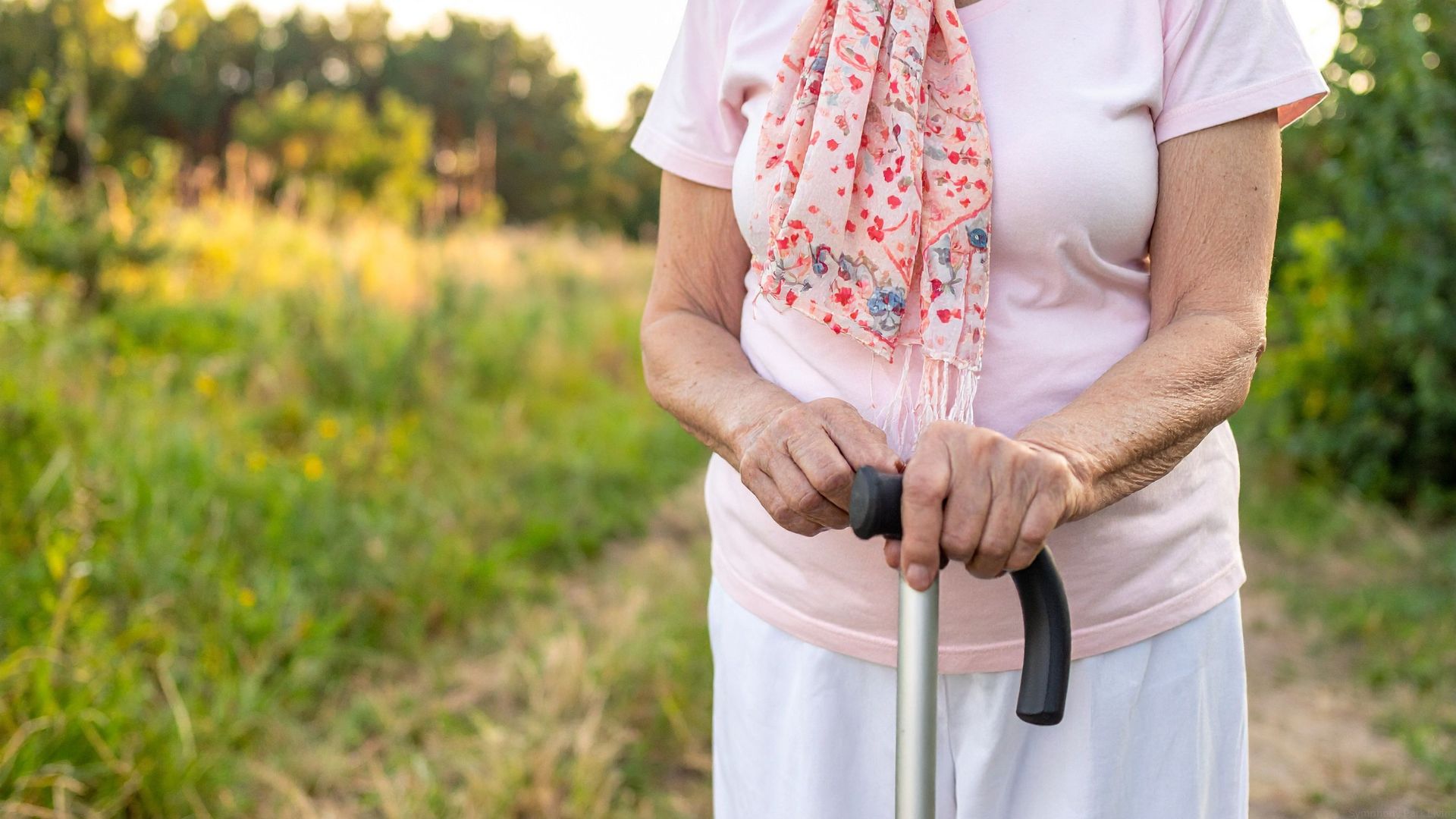7 Fall Prevention Tips for Seniors to Stay Safe and Independent

Falls among older adults are far too common, and frequently preventable. In fact, nearly one in three adults aged 65 and older falls each year, making fall‑related injuries a leading cause of hospitalization and loss of mobility. But here’s the good news: by following targeted strategies, you can dramatically reduce your fall risk and continue living confidently and independently. Here are seven practical tips to keep you steady on your feet, backed by research and tailored just for you.
1. Keep Your Home Clutter‑Free And Well‑Lit
Problems at home are among the most frequent causes of falls, think loose rugs, electrical cords, cluttered walkways, and dim rooms. The Mayo Clinic recommends removing trip hazards, taping down rugs, repairing loose floorboards, and keeping commonly used items within easy reach. Experts also advise installing night lights in your bedroom, bathroom, and hallways and ensuring all areas are brightly lit.
Action Steps:
- Remove or secure rugs with double‑sided tape or non‑slip backing.
- Keep walking paths clear of clutter, cords, and small objects, especially that sneaky pet toy or loose newspaper.
- Use brighter bulbs; consider motion‑sensor or night‑lights in transition areas.
- Install grab bars in the bathroom and handrails on both sides of stairs for extra steadiness.
2. Wear The Right Footwear
What you wear on your feet directly impacts balance. Slippers, floppy sandals, or socks can increase slip-and-fall risks, while sturdy, well‑fitting shoes with nonskid soles provide support and traction.
Guidance for Footwear:
- Choose shoes that fully cover the back of your foot, have low heels, snug fit, and rubber soles for grip.
- Replace worn-out shoes before traction deteriorates.
- Stay away from walking barefoot, support your feet for safer steps.
3. Stay Physically Active And Improve Balance
Muscle strength, coordination, and posture are essential to staying upright. Clinical evidence shows balance and strength training significantly reduces fall risk. Tai Chi, yoga, and resistance exercises performed two to three times a week offer proven benefits.
Recommended Activities:
- Gentle walking, seated or standing leg raises, light weights or elastic band routines, and other low-impact workouts.
- Motion-focused workouts such as Tai Chi or Pilates to boost balance, flexibility, and confidence.
- Seek guidance from a physical therapist if you're starting or have any medical conditions.
4. Review Medications with Your Doctor or Pharmacist
Many medications – especially sedatives, antihypertensives, and certain diabetes meds – can cause dizziness or low blood pressure, raising your fall risk. Regular medication reviews, especially if you're on multiple prescriptions, help reduce interactions and side effects.
Steps to Take:
- Bring a full list of prescription and over‑the‑counter medications to your doctor or pharmacist.
- Ask about potential shaky effects or drug interactions.
- Don't discontinue medications without medical advice, ask about safer alternatives if needed.
5. Get Regular Vision and Hearing Checks
Vision and hearing are critical to detecting hazards and maintaining awareness of your surroundings. Experts recommend annual vision tests and hearing checks every one to three years. The CDC also emphasizes that poor sight and hearing significantly increase fall risk.
Well-being Reminder:
- Keep prescriptions for glasses or hearing aids up to date.
- Use your aids consistently, clean them regularly to ensure optimal function.
- Good vision and hearing help you move with clarity and confidence.
6. Use Assistive Devices (And Use Them Correctly)
If recommended, using a cane, walker, handrails, or shower chair is a sign of smart self-care, not weakness. Occupational therapists emphasize the importance of proper fit and consistent use.
How to Use Aids Effectively:
- Get professionally fitted for walking aids to match your height and gait.
- Maintain aids in good condition, replace worn tips and grips.
- Embrace devices. They keep you steady and independent.
7. Create a Fall Emergency Plan
Quick response after a fall can make a big difference. Many seniors find peace of mind in having a plan in place. Midland Health notes that fall education sessions emphasize tools like slip‑proof rugs, regular eyes exams, and knowing how to seek help if a fall occurs.
Emergency Prep Essentials:
- Keep a phone nearby or use a medical alert device, wrist pendant or necklace buttons are helpful.
- Program emergency contacts into speed‑dial and keep them in a prominent spot.
- Learn safe ways to get up, or call for help if you fall.
- Practice using alert systems so you’re comfortable when it matters most.
Talk to Loved Ones About Fall Concerns
It can feel uncomfortable to admit worry about falling, but sharing your concerns opens the door to real support. Loved ones can help install safety measures, shop for stronger shoes, or join you in exercises. Together, you can plan actions, not just act for you, to preserve both safety and independence.
Consider A Senior Living Community
Senior living communities are thoughtfully designed with fall prevention and rapid response in mind, helping residents stay safe while maintaining independence. From the ground up, these communities incorporate features that reduce risk—such as non-slip flooring, well-lit hallways, wide doorways, and grab bars in bathrooms and showers.
Beyond design, staff members are trained to recognize fall risks and respond immediately if an accident occurs. Many senior living communities also offer 24/7 emergency response systems and on-site medical support, ensuring help is available within minutes. This combination of smart design, proactive care, and immediate assistance gives residents and their families peace of mind that safety always comes first.
Take Action Today to Prevent Falls Tomorrow
Falling isn’t unavoidable, it’s preventable. By combining home safety, smart footwear, strengthening movement, medication awareness, sensory care, proper use of aids, and a clear emergency plan, you’re building a foundation of safety that empowers you to live confidently and independently. Take one step today, no pun intended, and consider reaching out to your doctor for a personalized fall risk assessment.
Are you or a family member exploring senior living communities? We invite you to consider Symphony Park senior apartments, a luxury independent living community located minutes outside of Charlotte in beautiful Huntersville, North Carolina.
Contact Us
More than senior living apartments—Luxury independent living awaits you at Symphony Park. Contact us today to explore resort-style retirement living in North Carolina.



